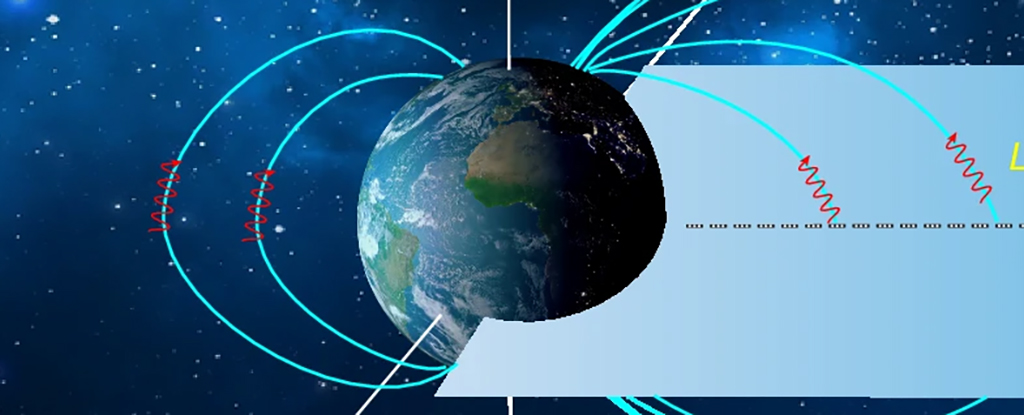Superconductivity continues to revolutionize technology in so many ways. While some technological advances rely on finding ways to encourage zero-resistance currents at warmer temperatures, engineers are also considering better ways of fine-controlling the super-efficient flow of electrons.
Unfortunately, many processes that would work just fine for run-of-the-mill electronics, such as the application of external magnetic fields, risk interfering with the properties that make superconductors so efficient.
An international team of scientists has succeeded in confining an exotic state of superconductivity that’s controlled by strong magnetism rather than disrupted by it.
Here, the researchers were able to overcome this using a topological insulator: a semiconductor material that conducts electricity on its surface, but not inside, due to the way electrons are arranged within it.
“The exciting thing is that we can equip topological insulators with magnetic atoms so that they can be controlled by a magnet,” says physicist Charles Gould, from the University of Würzburg in Germany.
The team created a two-dimensional topological insulator out of mercury, manganese, and tellurium. This allowed them to induce electrons into an exotic arrangement called a proximity-induced Fulde-Ferrell-Larkin-Ovchinnikov (FFLO) state, where the quantum-assisted pairings of electrons that permit currents to flow without resistance are altered in a way that opens them up to manipulation.
In this form, the device could operate as a Josephson junction, a component of superconducting circuits where the superconducting parts are separated by a thin layer of a non-superconducting material.
While the FFLO state has been observed in superconducting materials as a bulk property, confining it to a Josephson junction in such a way that it can be controlled allows physicists to study the phenomenon in greater detail and develop technology that could better manage superconducting systems.
“We combine the advantages of a superconductor with the controllability of the topological insulator,” says Gould.
“Using an external magnetic field, we can now precisely control the superconducting properties. This is a true breakthrough in quantum physics.”
As always, a deeper understanding of physical phenomena – like the interplay between superconductivity and magnetism – has the potential to lead to more innovative applications of it.
Superconductivity is already used in a variety of ways, from components inside MRI ( Magnetic Resonance Imaging) machines, to maglev trains that float above the tracks (another example of the dynamic relationship between superconductors and magnets).
In the future, the findings reported here could lead to the development of superconductors fine-tuned for specific tasks and purposes. One example given by the researchers is quantum computing, where control of electrons and resistance to interference from outside is crucial to functionality.
“The problem is that quantum bits are currently very unstable because they are extremely sensitive to external influences, such as electric or magnetic fields,” says Gould.
“Our discovery could help stabilize quantum bits so that they can be used in quantum computers in the future.”
The research has been published in Nature Physics.





